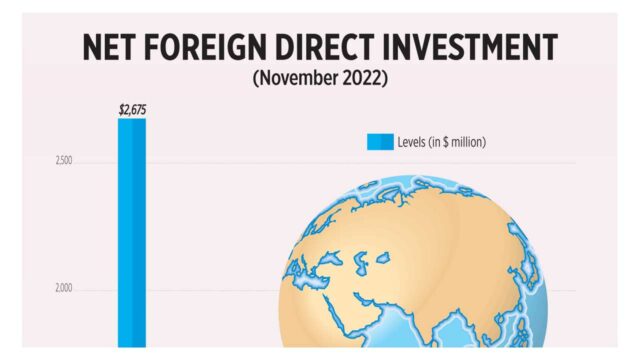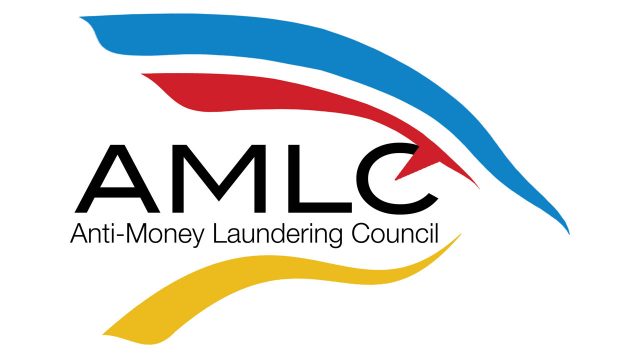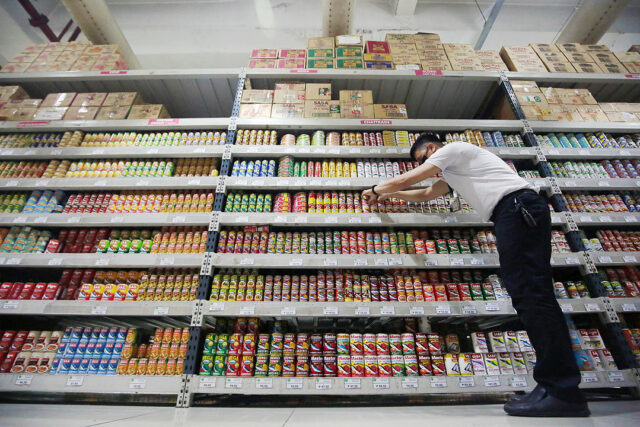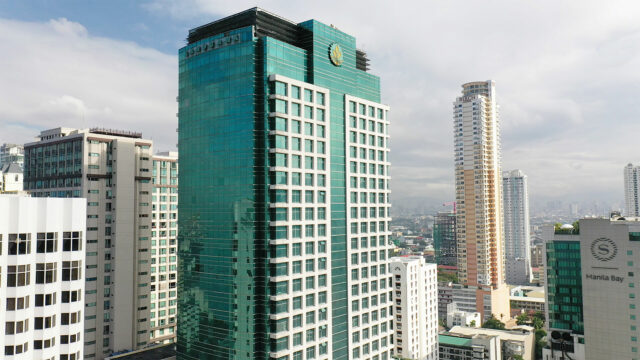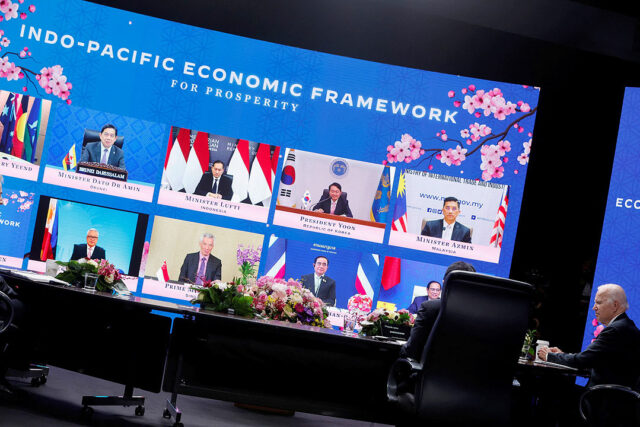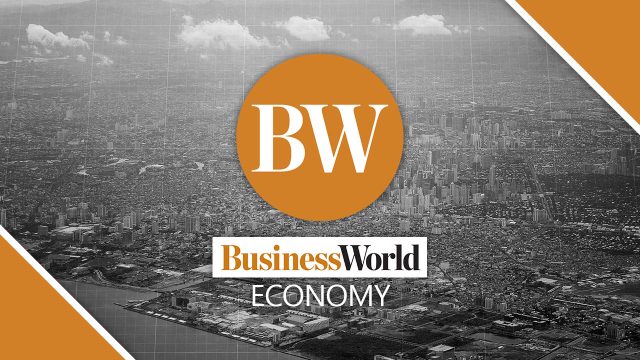(Second of two parts)
The circular economy concept has been given more and more attention through the years and has now materialized in the Philippines through the Extended Producer Responsibility (EPR) Act of 2022 and its Implementing Rules and Regulations (IRR). In fact, the Philippines is one of the few countries around the globe with active regulations or national programs on the circular economy, counting itself among Scotland, Canada, South Africa, China, Japan, Singapore, and the European Union.
Because of the huge potential of the Act to accelerate the transition of the Philippines to a more circular economy, all companies, not just obliged enterprises, can play a critical role in this ambition.
In the first part of this article, we discussed six recovery programs, six reduction strategies and additional steps that obliged enterprises can undertake as part of their EPR programs. In this second part, we discuss EPR registration, EPR implementation, and keeping confidence through third-party assurance.
FROM EPR REGISTRATION TO EPR IMPLEMENTATION
The EPR registration with the National Ecology Center due on Feb. 13 is just the prelude to a long-term transformation process for plastic waste management. Mobilizing large enterprises in an action-oriented approach would lead to greater positive impact, which can also influence the micro, small and medium enterprises (MSMEs). MSMEs may voluntarily comply with the law by introducing small-scale EPR programs, but the real challenge lies in implementation.
Since both reduction and recovery methods are required to fully comply with the law, investment in technology, innovation, facilities and product development are needed. Partnerships with local governments and the informal waste sector are also highly encouraged to ensure the engagement of key stakeholders in EPR programs. Because the EPR requirements set forth in the law may be demanding for some, authorizing a Producer Responsibility Organization (PRO) can serve as a viable additional platform for EPR program implementation.
Obliged enterprises are required to have a system in place to account for their plastic footprint and engage an independent third-party auditor to certify the veracity of their reported plastic footprint, recovery and EPR program compliance using uniform standards established under the law. In this case, it would be advantageous to set up an internal auditing system as early as now to avoid delays and setbacks in the future. This will also allow obliged enterprises to thoroughly review the strategies and schemes that best suit their company.
KEEPING CONFIDENCE THROUGH THIRD-PARTY ASSURANCE
The initial waste footprint to be submitted in time for the EPR registration can be self-declared by the obliged enterprises. However, after the first-year implementation of their EPR programs, obliged enterprises would need to report their compliance and recovery targets achievement, assured by third-party audit.
While the submission of an EPR Law Compliance Audit Report (ECAR) is required for the government to monitor and evaluate the compliance of the obliged enterprises with their respective EPR programs, having third-party assurance provides transparency and confidence to businesses and their stakeholders that their efforts are contributing to a greater purpose.
The first ECAR submission is still in July 2024 covering the EPR programs implemented in 2023, and the following should be covered in the report:
• Footprint declaration for the volume of the obliged enterprise’s plastic packaging brought into the market during the period covered;
• Recovery or plastic packaging waste diversion based on third-party audited diversion or credits;
• Determination of the equivalent plastic packaging waste footprint reduction resulting from other EPR programs;
• Confirmation of confidential information declared by the obliged enterprise.
ADVANCING CIRCULARITY IN BUSINESSES
Embedding circular economy strategies in a company’s overall strategy and shifting to a circular model from a linear model can benefit the entire company and positively impact its operations, growth, and legal compliance. A circular economy is a type of economic structure that aims to reduce waste and unending resource usage. It represents a fundamental change in how stakeholders manage the use of goods and resources at their core. The goal is to maintain resources and their value in the loop rather than the present take-make-waste cycle, and to reimagine future business models suitable to creating a more sustainable society.
In advancing circularity, companies can reassess their product designs and material options, and target to reduce waste generation in their whole operations cycle. Businesses that utilize durable, renewable, and recyclable materials can lessen its reliance on scarce and expensive resources as well as reduce their susceptibility to supply chain disruptions. Companies can also employ more sustainable procurement.
Essentially, deciding to go with the more sustainable choice in applicable aspects of operations can make a huge impact and take the company a step closer to circularity. Additionally, shifting to a circular economy creates new jobs and revenue sources within the process of looping materials back into the system, including sorting, collecting, refurbishing, and remanufacturing, which is uncommon in the linear economy and opens businesses to new ways to drive growth.
BEYOND COMPLIANCE: TAKING STEPS TOWARDS A CIRCULAR ECONOMY
Taking into consideration the target timeline in the EPR, companies should now be ready for their plans and strategies on the implementation of their EPR programs for 2023. The first submission of the ECAR will cover the 2023 EPR programs. Obliged enterprises or PROs are required to establish and implement accounting, data recording, and auditing systems for their respective EPR Programs.
The implementation of effective EPR programs goes beyond compliance — it also benefits companies through cost and tax reduction, energy savings, and favorable investor and consumer perception of their brands.
The EPR Act of 2022 is an opportunity for businesses to contribute to tackling the growing volume of plastic waste in the country, preventing the loss of valuable resources and reducing environmental degradation. Since the IRR has been published, businesses must now step up and act to monitor and evaluate their plastic waste generation. By beginning to build partnerships and strategies for EPR program implementation, they can take a significant step towards a circular economy.
This article is for general information only and is not a substitute for professional advice where the facts and circumstances warrant. The views and opinions expressed above are those of the authors and do not necessarily represent the views of SGV & Co.
Benjamin N. Villacorte is a partner and Erica Nicole D. Gomez is a senior associate from the Climate Change and Sustainability Services team of SGV & Co.

